Submitted by WA Contents
Facade of OMA’s Taipei Performing Arts Center started to appear in the city
Taiwan Architecture News - Sep 05, 2016 - 17:30 15646 views
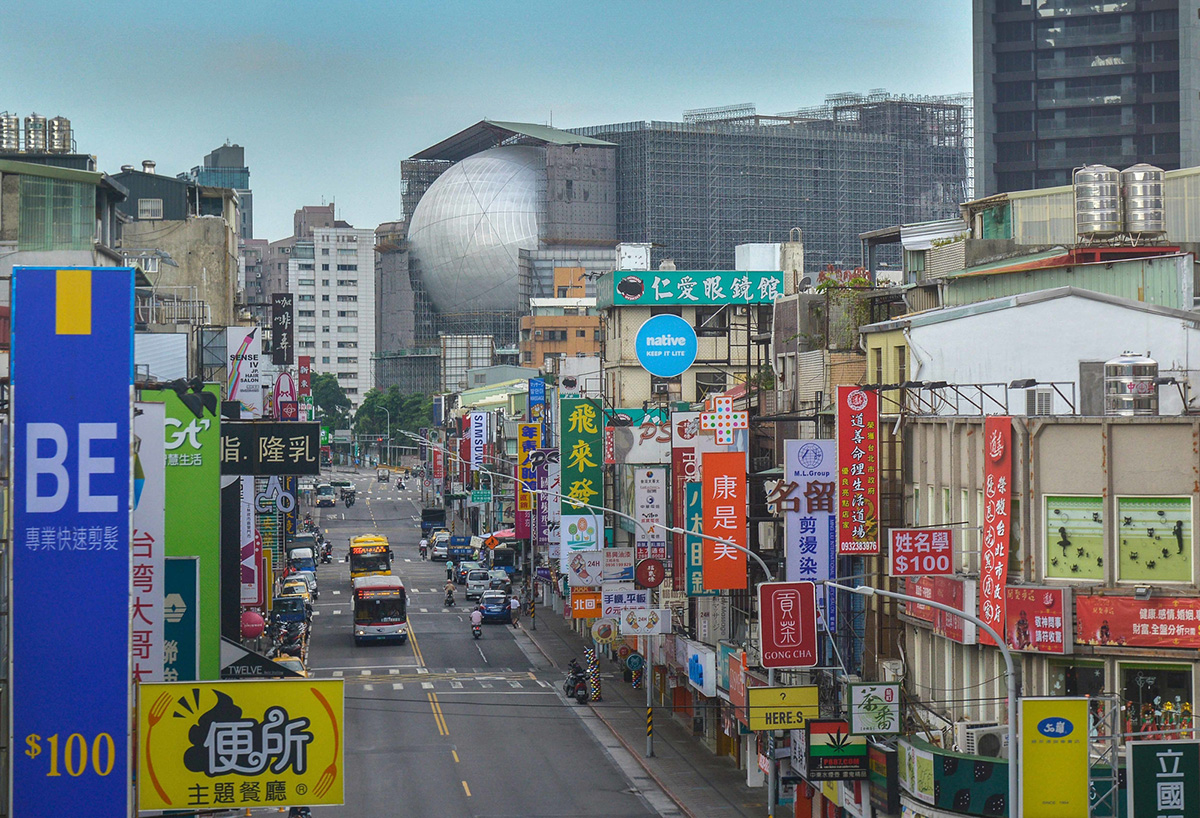
The facade of the Taipei Performing Arts Center in Taiwan has started to appear in the city designed by Office for Metropolitan Architecture (OMA). New images of the building introduce a gigantic dome of the structure within other city buildings, revealing the aluminum exteriors of the Proscenium Playhouse and Multiform Theatre.
The Proscenium Playhouse is a sphere shaped auditorium seating 800; the Multiform Theatre is a flexible theatre space seating 800 that will be able to accommodate experimental performances. Along with these, the Taipei Performing Art Center will provide a 1,500-seat Grand Theatre. All three theatres are held together in a transparent central cube, which hosts shared backstage space and technical facilities.
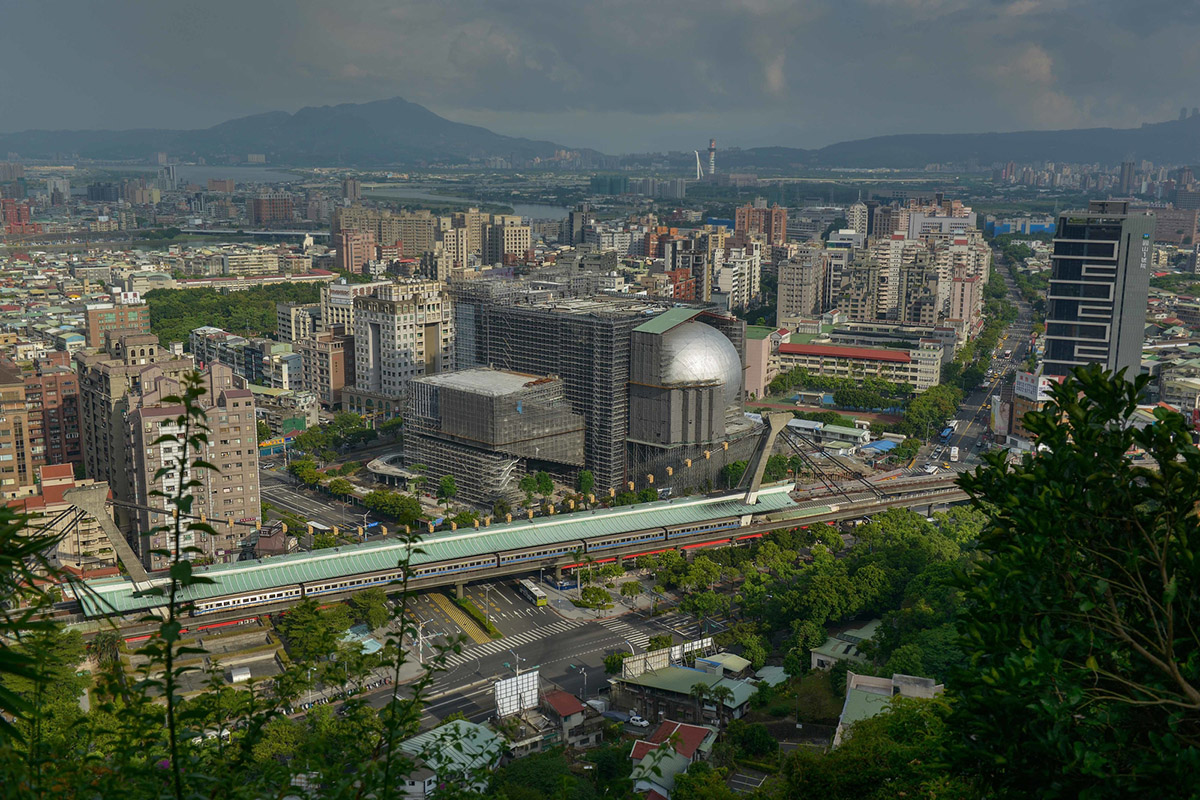
Image © Chris Stowers
OMA won the design competition for Taipei Performing Arts Center in January 2009 and started construction in 2012. The Taipei Performing Arts Center is scheduled to open June 2017.
Although the essential elements of theatre- stage, proscenium, and auditorium- are more than 3,000 years old, there is no excuse for contemporary stagnation. TPAC takes the opposite approach: experimentation in the internal workings of the theatre, producing (without being conceived as such) the external presence of an icon.
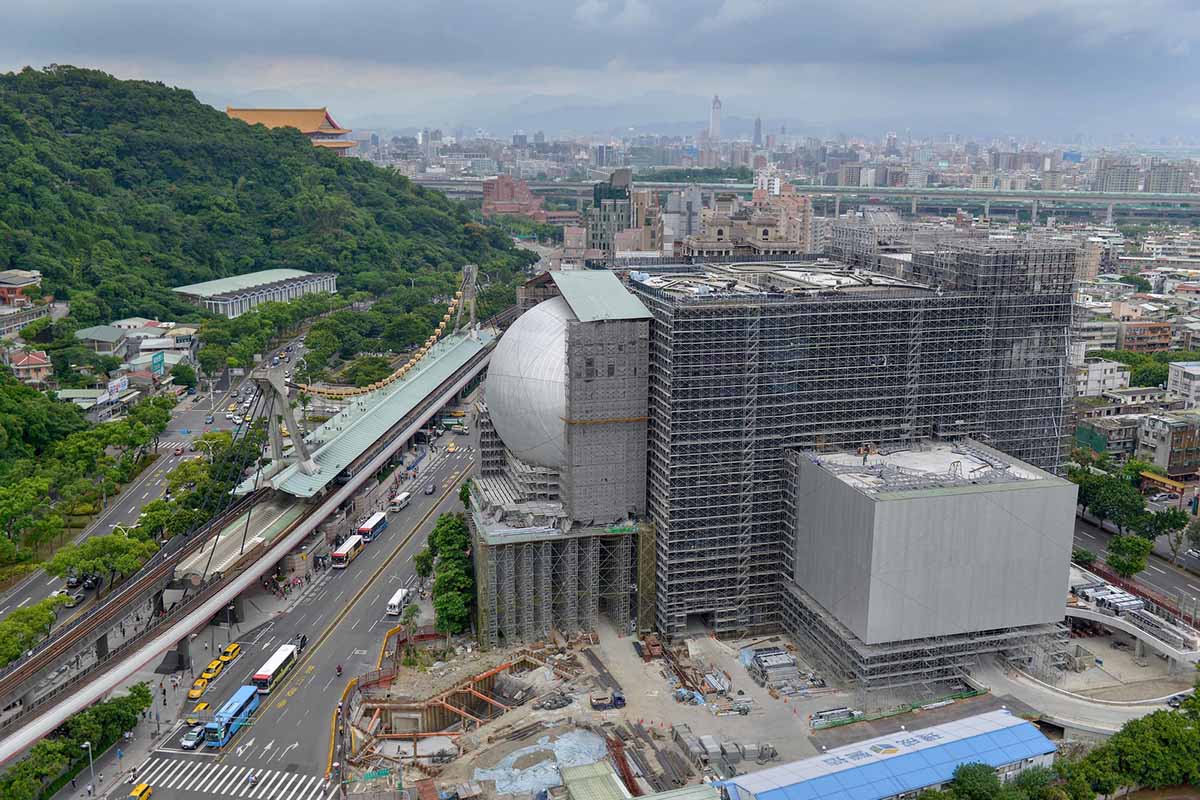
Image © Chris Stowers
TPAC consists of three theatres, each of which can function autonomously. The theatres plug into a central cube, which consolidates the stages, backstages and support spaces into a single and efficient whole. This arrangement allows the stages to be modified or merged for unsuspected scenarios and uses. The design offers the advantages of specificity with the freedoms of the undefined.
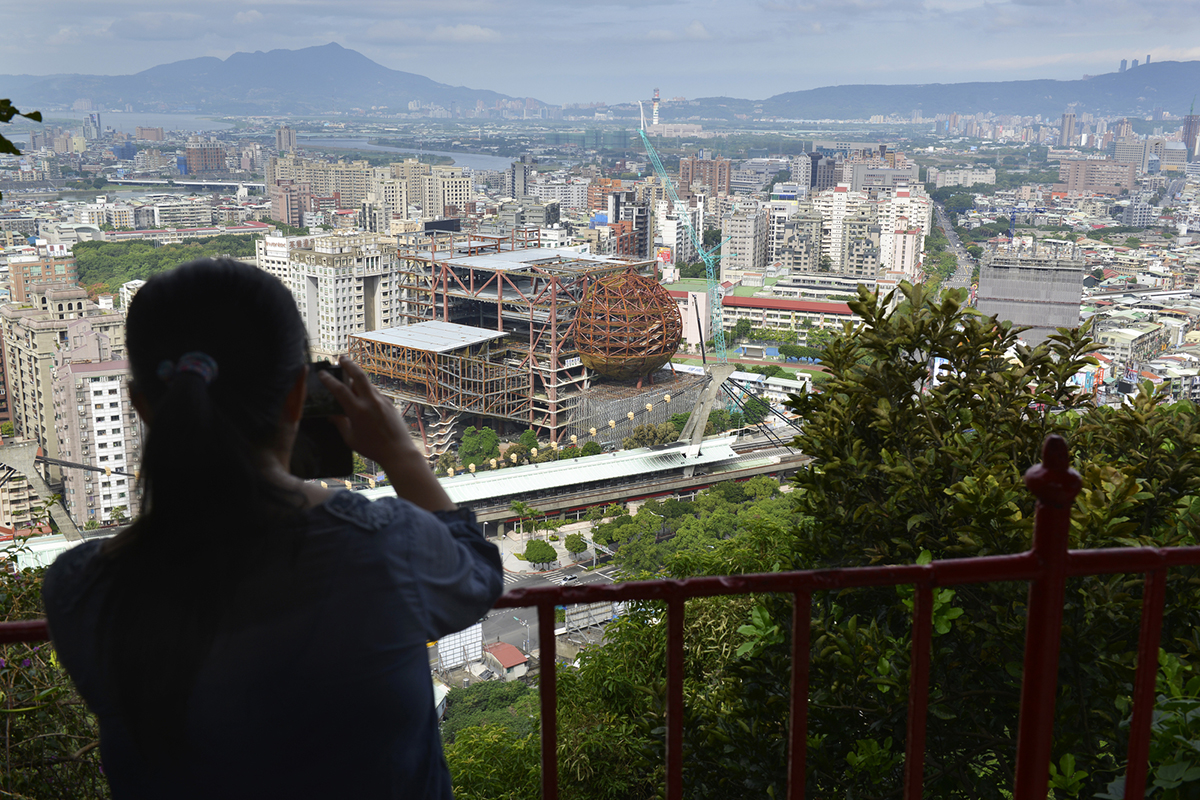
Performance centres typically have a front and a back side. Through its compactness, TPAC has many different "faces," defined by the individual auditoria that protrude outward and float above this dense and vibrant part of the city. The auditoria read like mysterious, dark elements against the illuminated, animated cube that is clad in corrugated glass. The cube is lifted from the ground and the street extends into the building, gradually separating into different theatres.

Image © OMA / artefactorylab
The Proscenium Playhouse resembles a suspended planet docking with the cube. The audience circulates between an inner and outer shell to access the auditorium. Inside the auditorium, the intersection of the inner shell and the cube forms a unique proscenium that creates any frame imaginable.
The Grand Theatre is a contemporary evolution of the large theatre spaces of the 20th century. Resisting the standard shoebox, its shape is slightly asymmetrical. The stage level, parterre, and balcony are unified into a folded plane. Opposite the Grand Theatre on the same level, the Multiform Theatre is a flexible space to accommodate the most experimental performances.

Image © OMA / artefactorylab
The Super Theatre is an experimental, factory-like environment formed by coupling the Grand Theatre and Multiform Theatre. It can accommodate the previously impossible ambitions of productions like B.A. Zimmermann's opera Die Soldaten (1958), which demands a 100-metre-long stage. Existing conventional works can be re-imagined on a grand scale, and new, as yet unimagined forms of theatre can flourish in the Super Theatre.
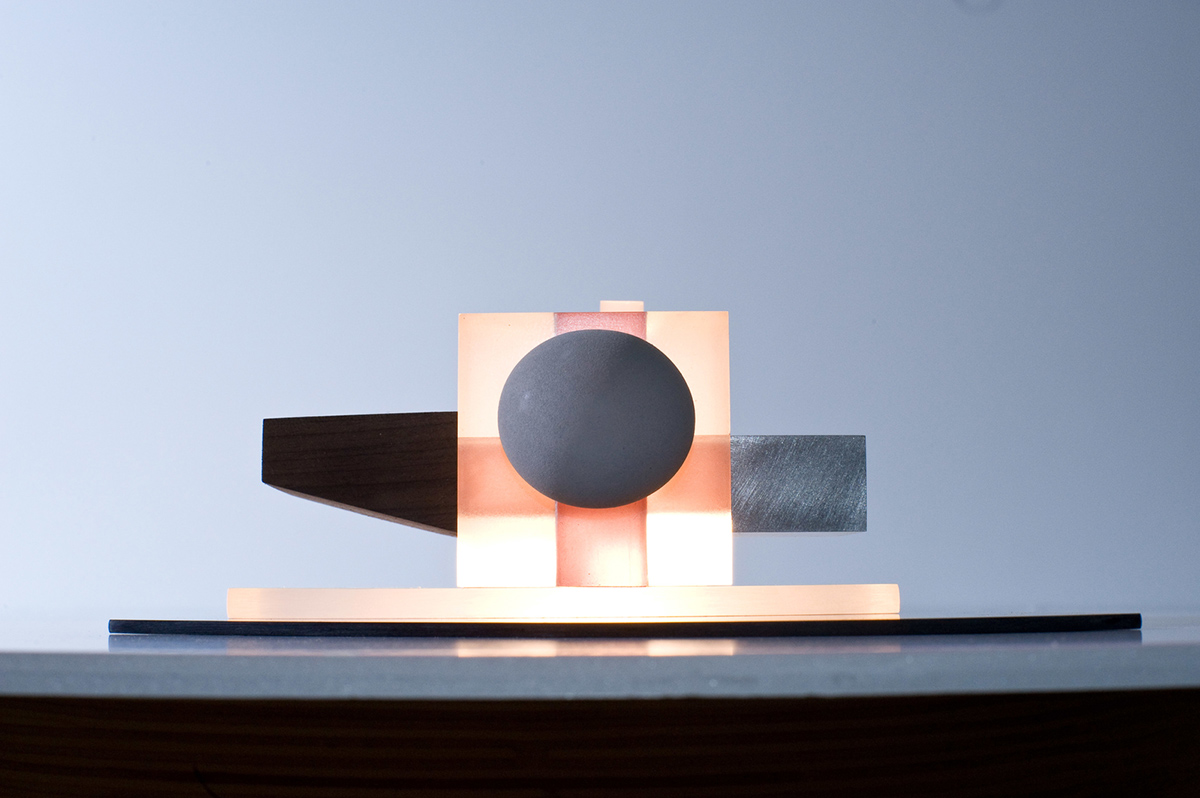
Image © Frans Parthesius
The general public-even those without a theatre ticket-are also encouraged to enter TPAC. The Public Loop is trajectory through the theatre infrastructure and spaces of production, typically hidden, but equally impressive and choreographed as the "visible" performance.
The Public Loop not only enables the audience to experience theatre production more fully, but also allows the theatre to engage a broader public.

Image © Frans Parthesius

Image © Chris Stowers
Top image © Chris Stowers
> via OMA
